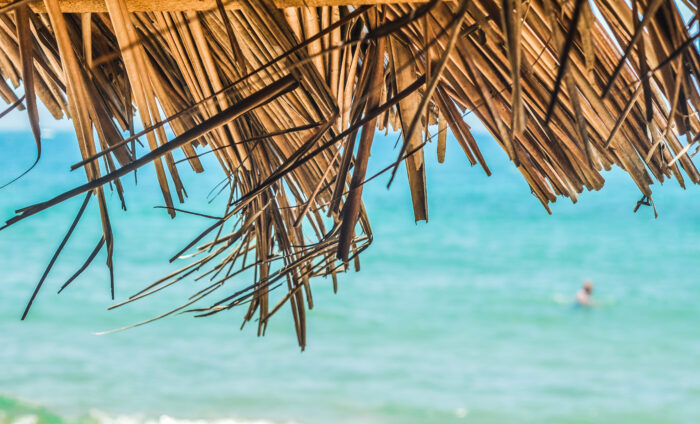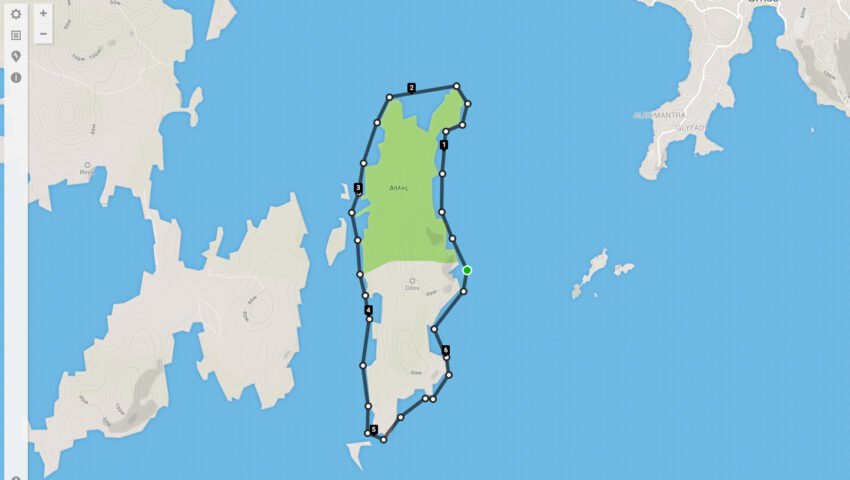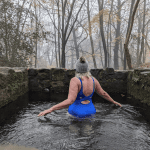
Turn your average beach holiday into an outdoor swimming adventure
Unfortunately, it isn’t always possible to revolve your whole life around swimming, and not every holiday can be an organised swimming holiday. For some reason, your friends and family might not want to spend a whole week swimming. So how can you turn your average beach holiday into an outdoor swimming adventure?
Plan, plan, plan
Get on the internet and research outdoor swimming at your holiday destination. Are there any organised races you could enter? Or local open water swimming clubs you could hook up with for some swims? If not, search online for popular outdoor swimming spots. And look out for outdoor swimming guidebooks to your destination.
If you can’t find any organised swims and there is no guidebook to your destination, it is time to get creative. Get on Google Maps for a bit of inspiration. If you are going on a beach holiday the options will be fairly obvious, but look out for other big patches of blue that could be possible swimming options. Swim to an island, explore coastal sea caves, cross a lake, swim to a taverna for lunch…
I am going to Mykonos in September. Initially I thought I could swim around the whole island, but then I worked out that would be a 30-mile swim! So now I am looking at little islands off the coast of Mykonos for a 10km swim – either as circumnavigation or a there-and-back swim. Use an app such as Strava to plot possible routes and give you an idea of the length of the swims.

Local knowledge
Dreaming over Google Maps is all very well, but it doesn’t tell you about water temperatures, tides, sea conditions, boat traffic, currents or weather. Local knowledge is imperative. Fishermen will be able to tell you about sea conditions, or try local adventure companies that hire out kayaks or run scuba expeditions. Talk to local lifeguards if there are manned beaches. Be prepared to change your plans once you arrive at your destination. For example, you don’t want to be swimming across a bay that is used by jetskiers.
Safety
- Do not swim alone. If you are planning on swimming a long distance, you need someone to support your swim with a kayak or stand up paddle board. This could be an experienced friend or family member, or a local guide.
- Plan your entry and exit points, and have a plan in place for how you can safely exit the swim early if necessary. If you are doing a coastal swim, try and recce the route in advance from the land.
- Always swim with a towfloat and wear a brightly coloured swim hat so you are visible to boats and other water users.
- Do not swim if the weather is bad or is forecast to become bad. Weather can change quickly on the coast – you don’t want to be caught in a storm at sea.
- Encourage your non-open water swimming friends and family into the water – something about being on holiday makes people more open to new experiences. If you are taking beginners out for a swim, make sure they have a positive and safe experience.
Remember!
- Know your limitations. But also expect local non-swimmers to think you are insane and attempting the impossible.
- Plan your nutrition and hydration. Remember it will be hotter than you are used to.
- Apply waterproof sunscreen.
- Use polarised goggles to avoid squinting while swimming.
- Enjoy yourself! Stop to take in the view and appreciate your surroundings. Forget the office and enjoy the feeling of being outdoors in nature.







